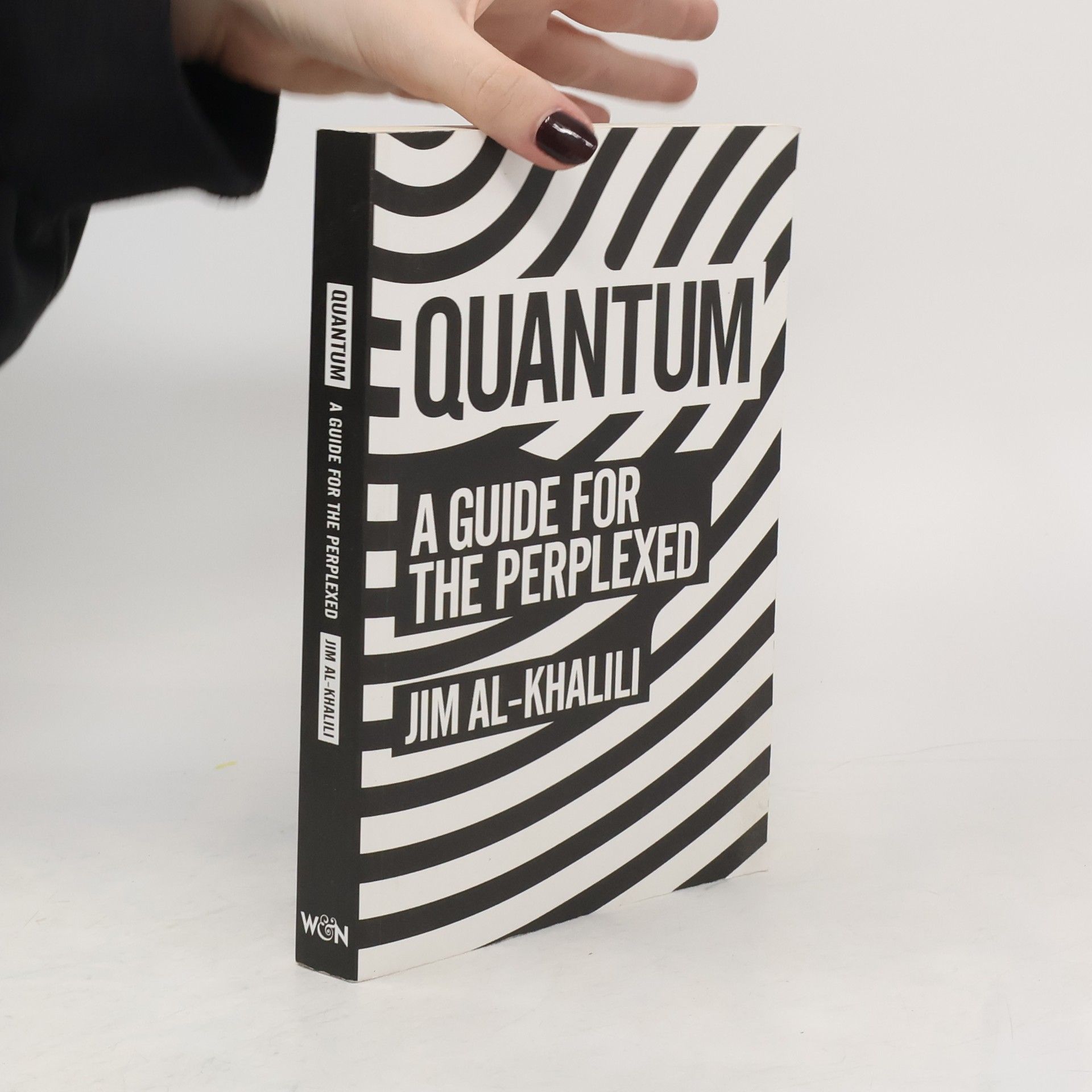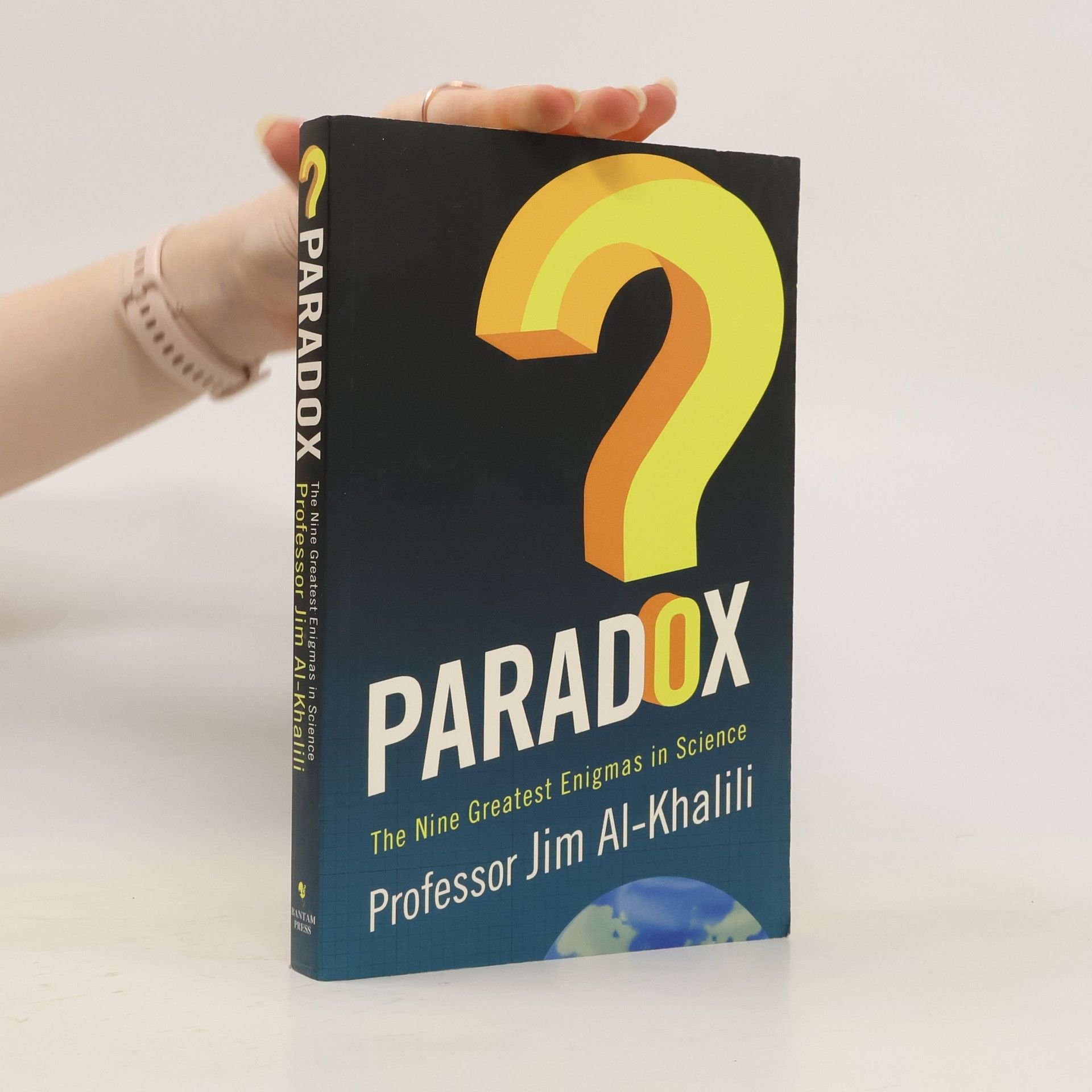The Life Scientific. Virus Hunters
- 160 pages
- 6 hours of reading
The inspiring life stories of leading scientists as heard on BBC Radio 4
Jim Al-Khalili is a British theoretical physicist and science communicator. He dedicates his work to making complex scientific topics accessible to the general public. Through his books and media appearances, he explores the fascinating world of physics and science, sparking curiosity and understanding in readers and viewers alike. His approach is known for its clarity and ability to connect scientific concepts with everyday life.







The inspiring life stories of leading scientists as heard on BBC Radio 4
Introduced by Jim Al-Khalili Could you surf down an erupting volcano? Why do zebras have stripes? Are you breathing the same air as Leonardo da Vinci? Are there any green mammals? Why do pineapples have spikes? Why do songs get stuck in your head? What happens when black holes collide? Can you extract your DNA? New Scientist has been a treasure trove of fascinating and surprising questions and answers for over a decade. From how to measure the speed of light using chocolate, to why dogs howl at sirens, Eureka! brings together 365 mindblowing questions, fascinating facts and exciting experiments. If you've ever wondered how to escape quicksand, what would happen if the moon vanished, and why cats (nearly) always land on their feet, you've come to the right place.
Life is the most extraordinary phenomenon in the universe, yet its workings remain elusive. Despite advancements in cloning and synthetic biology, no one has created life from non-living materials. This raises the question: are we missing a crucial element in its creation? In a manner reminiscent of Richard Dawkins' influential work, this exploration shifts our understanding of life's dynamics by revealing quantum mechanics as the missing ingredient. Drawing on groundbreaking global experiments, the authors illustrate how photosynthesis depends on subatomic particles that exist in multiple places simultaneously. They also explain how enzymes, the essential catalysts in our cells, operate by having particles disappear from one location and reappear in another. Each chapter begins with a captivating example that poses a fundamental question about life—such as how migrating birds navigate or how we perceive scents—and then demonstrates how quantum mechanics provides the answers. The authors guide readers through the rapidly evolving field of quantum biology, highlighting its exciting discoveries and potential revolutionary applications. Ultimately, they delve into the profound question of what life truly is, inviting readers to engage with the mysteries that surround this extraordinary phenomenon.
Scale -- Space and time -- Energy and matter -- The quantum world -- Thermodynamics and the arrow of time -- Unification -- The future of physics -- The usefulness of physics -- Thinking like a physicist.
How can a cat be both dead and alive at the same time? Why will Achilles never beat a tortoise in a race, no matter how fast he runs? And how can a person be ten years older than their twin? Throughout history, scientists have been coming up with theories and ideas that just do not seem to make sense.
From Schrodinger's cat to Heisenberg's uncertainty principle, this book untangles the weirdness of the quantum world.
"For over 700 years the international language of science was Arabic. In Pathfinders, Jim al-Khalili celebrates the forgotten, inspiring pioneers who helped shape our understanding of the world during the golden age of Arabic science, including Iraqi physicist Ibn al-Haytham, who practised the modern scientific method over half a century before Bacon; al-Khwarizmi, the greatest mathematician of the medieval world; and Abu Rayhan al-Biruni, a Persian polymath to rival Leonardo da Vinci."--Publisher's description
How can a cat be both dead and alive at the same time? Why will Achilles never beat a tortoise in a race, no matter how fast he runs? And how can a person be ten years older than their twin? Throughout history, scientists have been coming up with theories and ideas that just do not seem to make sense
Do Aliens Exist? And if they do - what would they look like? Where would they live? Would they be conscious beings? And what would happen if they found us? These are the biggest questions we've ever asked - and here, Professor Jim Al-Khalili, theoretical physicist and host of BBC Radio Four's The Life Scientific, blasts off in search of answers.…
Quantum physicist, New York Times bestselling author, and BBC host Jim Al-Khalili reveals how 8 lessons from the heart of science can help you get the most out of lifeToday's world is unpredictable and full of contradictions, and navigating its complexities while trying to make the best decisions is far from easy. The Joy of Science presents 8 short lessons on how to unlock the clarity, empowerment, and joy of thinking and living a little more scientifically.In this brief guide to leading a more rational life, acclaimed physicist Jim Al-Khalili invites readers to engage with the world as scientists have been trained to do. The scientific method has served humankind well in its quest to see things as they really are, and underpinning the scientific method are core principles that can help us all navigate modern life more confidently. Discussing the nature of truth and uncertainty, the role of doubt, the pros and cons of simplification, the value of guarding against bias, the importance of evidence-based thinking, and more, Al-Khalili shows how the powerful ideas at the heart of the scientific method are deeply relevant to the complicated times we live in and the difficult choices we make.Read this book and discover the joy of science. It will empower you to think more objectively, see through the fog of your own preexisting beliefs, and lead a more fulfilling life.